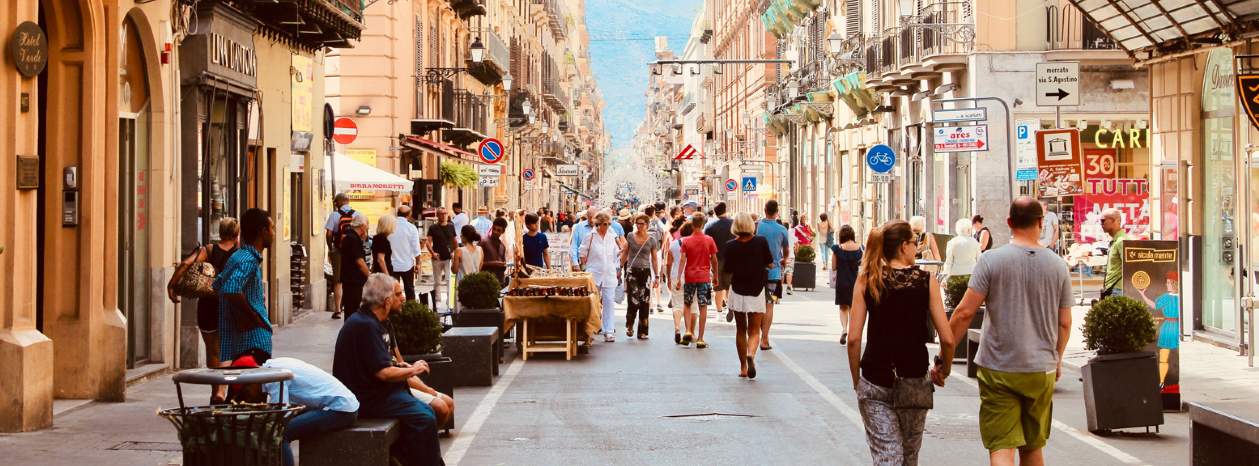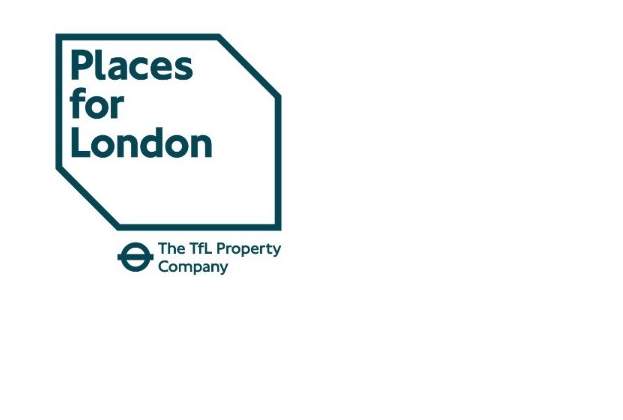Inflation has cast its shadow over the global economy, affecting individuals and businesses alike. Yet one sector in Europe has remained remarkably resilient: retail investment reached a total of €6 billion and accounted for 20 per cent of total investment volumes in Q1 2023, the highest share recorded since 2015 (13 per cent in 2022 and 9 per cent in 2021). According to our preliminary results, another €6 to €7 billion was transacted during the second quarter of the year which would bring retail’s share of the total investment volume in H1 to 19 per cent. So, how has the European retail investment market managed to defy the odds and entice investors, despite the economic headwinds?
The changing face of retail investment
Over the past year, a notable development has emerged in Europe, with more and more retailers opting to purchase the buildings they rent. This trend has witnessed a significant surge, accounting for 23 per cent of the total retail investment volume in the first half of the year, according to our analysis. This is a substantial increase compared to the historical range of 5 to 7 per cent.
Supermarket chains
Among the retailers purchasing their stores, supermarkets have taken the lead. Prominent players have included Sainsbury’s, Aldi, Lidl, Tesco, Coop, and Edeka. For instance, Sainsbury's repurchased 21 properties from Supermarket Income REIT for a total of £430.9 million in the UK. Similarly, Edeka acquired 13 retail parks from The Hahn Groups Ocean portfolio in Germany.
Luxury retailers
Not limited to supermarkets, luxury retailers including LVMH and Kering have also invested in bricks and mortar. LVMH, the parent company of Louis Vuitton, acquired the iconic Louis Vuitton building on 101 Champs-Élysées from Gecina, signalling their commitment to preserving their brand identity. Kering, the owner of Gucci, purchased a mixed-use complex in Paris for more than €600 million from Choiseul REIM. These high-profile investments add an extra layer of intrigue to the retail investment landscape.
The attractiveness of retail investment
According to our data, the European average prime shopping centre yield in the second quarter of 2023 stood at 5.9 per cent, marking a 55 basis point (bps) increase compared to the same period in 2022. We are expecting a further rise to approximately 6.1 per cent by the end of the year. Additionally, the European average prime retail warehouse yield stood at 5.5 per cent in Q2 2023, up by 58 bps from the previous year, and is expected to reach approximately 5.7 per cent by year-end.
Buying properties has emerged as a strategic and appealing option for European retailers. With prime rents on the rise in the European retail market post-Covid-19, this approach offers retailers greater independence from rental dependencies. Investing in their own properties becomes a prudent move for both retailers’ stability and long-term profitability.




.jpg)

.jpg)



.jpg)